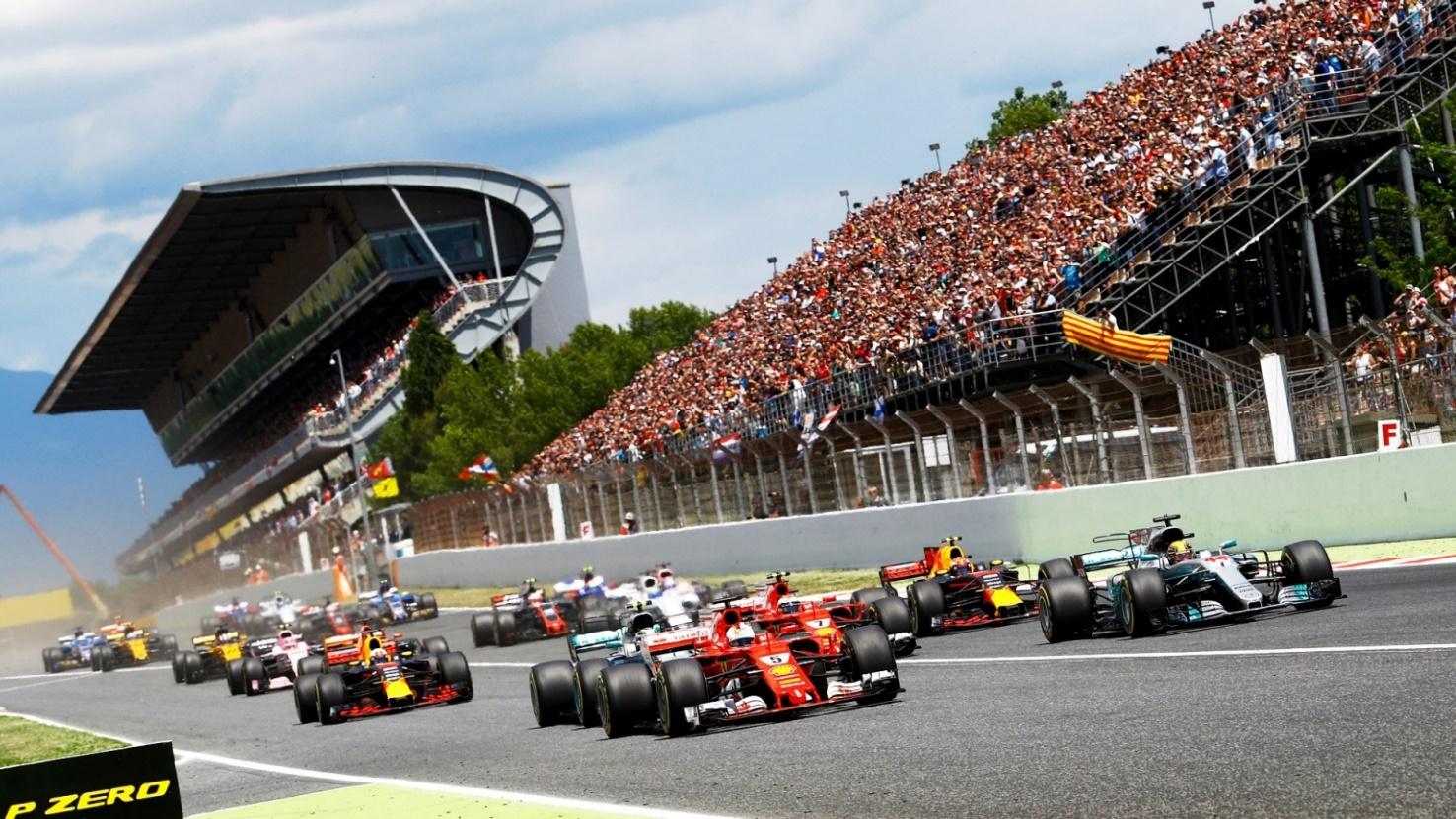The Shanghai International Circuit, covering an area of 5.3 square kilometres, is best known as the venue for the annual Formula 1 Chinese Grand Prix, which it first hosted in 2004.

The track has extended the deal to host the Grand Prix to 2018.

Here, in 2006, Michael Schumacher gained the last of his 91 wins in Formula 1.

Costing approximately $450 million the circuit, located in the northeast of Anting Town - Jiading district - 30 kilometers from the city center, was financed by a government-funded joint-venture company.

2016 Chinese GP.
From May 2003 the area was transformed from swampland to international racetrack within 18 months.

Partly due to location, areas around turns 1, 8 and 14 have been sinking.

The circuit, designed by Hermann Tilke, features medium to slow speed corners and a 1.175 meters long back straight, followed by a hairpin turn.


Grid girls in 2011.

The layout was inspired from the Chinese character Shang (上) the first one in the word Shanghai, meaning "above" or "ascend".


Other symbols originate from Chinese history, such as the team buildings arranged like pavilions in a lake to resemble the Yuyan-Garden in Shanghai.

China, 2013 Paddock Girls.
One lap lasts 5.5 kilometres. The circuit altogether has seven left turns and nine right turns. The average width is 13-15 meters and the largest width is 20 meters.



Grid girls in 2016.
The track, with its stunning architecture, is dominated by a 29.000 seats main grandstand, with provides a spectacular view of almost 80 percent of the circuit, and pit complex.

Lewis Hamilton in 2015.
Built in an industrial complex outside Shanghai, the circuit is often affected by pollution. The weather can be changeable and it is frequent to have rainy races.

The Shanghai International Circuit, that has become China's gateway to the world of Formula One racing, mainly includes track, grandstand, pits area, commanders' tower, press center, restaurant, living zone and administration building.
Videos



Comments
Authorize to comment